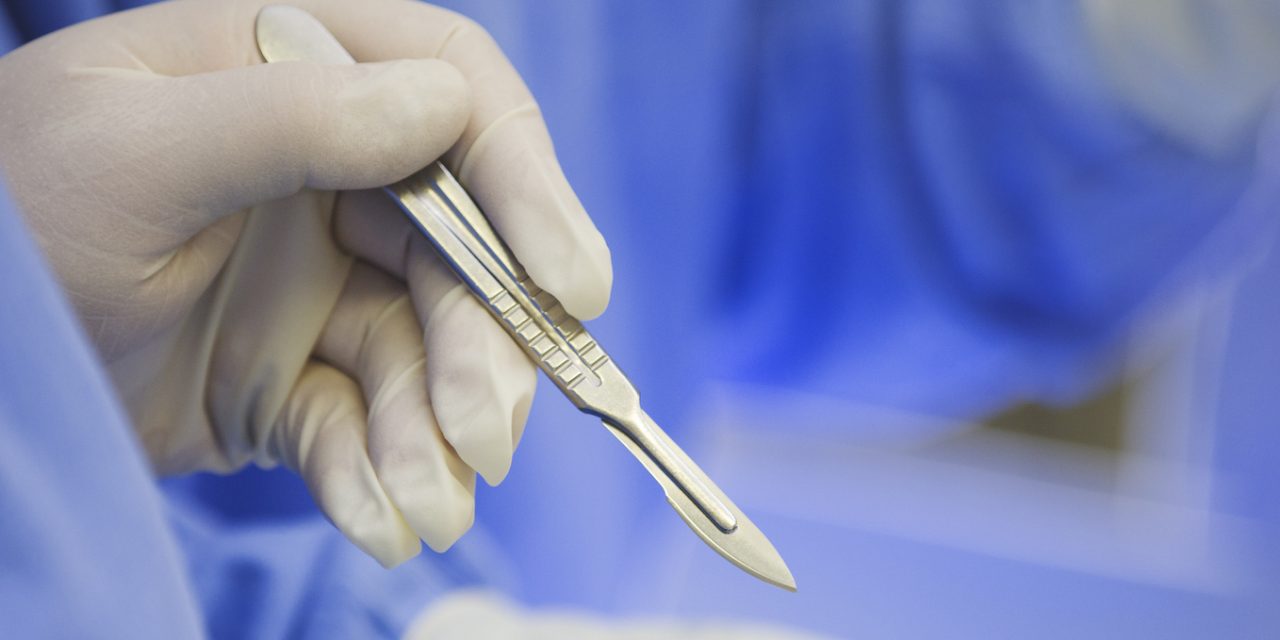The objective of this study was to evaluate adverse events occurring during the lead period of custom-made fenestrated/branched endograft for juxtarenal/pararenal abdominal aortic aneurysm (j/p-AAA) and thoracoabdominal aortic aneurysm (TAAA). Between 2008 and 2017, patients enrolled for custom-made fenestrated/branched endograft repair were prospectively collected. Anatomic, procedural, and postoperative data were retrospectively analyzed. Lead period was defined as the time between the endograft order to the manufacturer and implantation. Aneurysm diameter, target visceral vessel (TVV) severe stenosis (>75% of ostial lumen), and number of planned TVVs were evaluated at preoperative computed tomography angiography. Patency of TVVs was evaluated intraoperatively. Aneurysm rupture and TVV occlusion during the lead period were assessed.
There were 141 custom-made fenestrated/branched endograft repairs planned. Of these, 133 patients (male, 87%; age, 73 ± 6 years) with complete available data were considered for the study. There were 75 (56%) j/p-AAAs and 58 (44%) TAAAs. The mean aneurysm diameter was 58 ± 6 mm. Custom-made design required a mean lead period of 89 days, which was determined by both manufacturing time and clinical reasons. During this delay, there is a high risk of both rupture in aneurysms >70 mm and TVV occlusion in severely stenosed vessels.
Reference link-https://www.jvascsurg.org/article/S0741-5214(19)32376-6/fulltext


